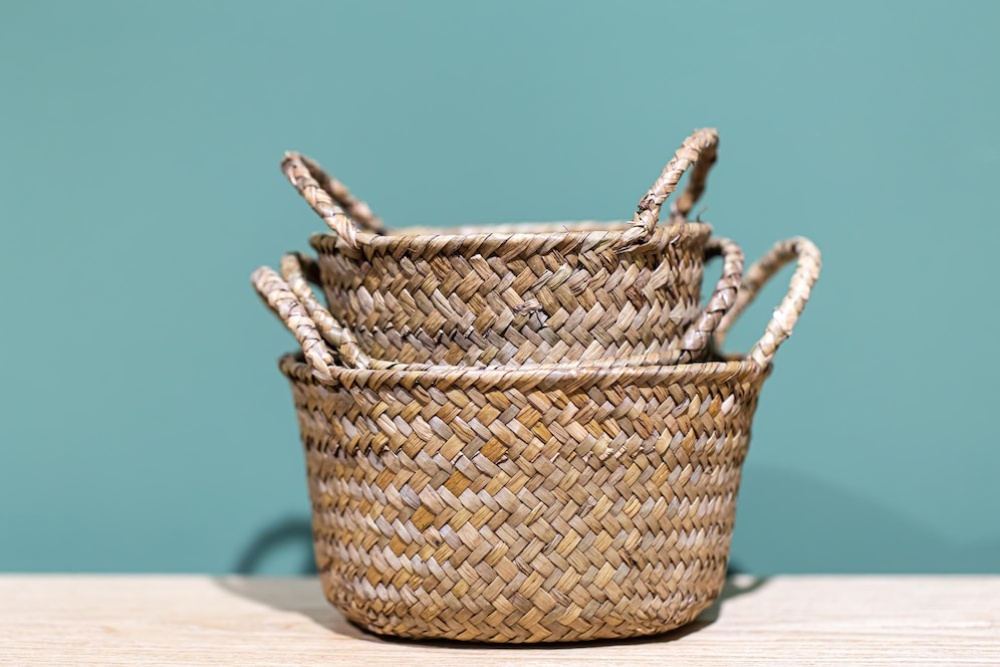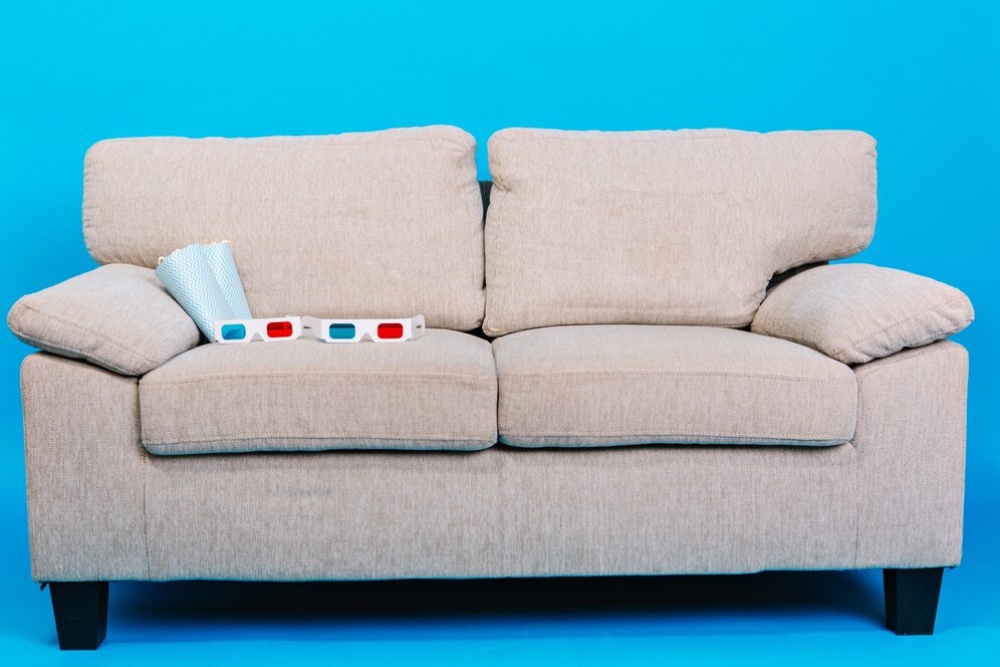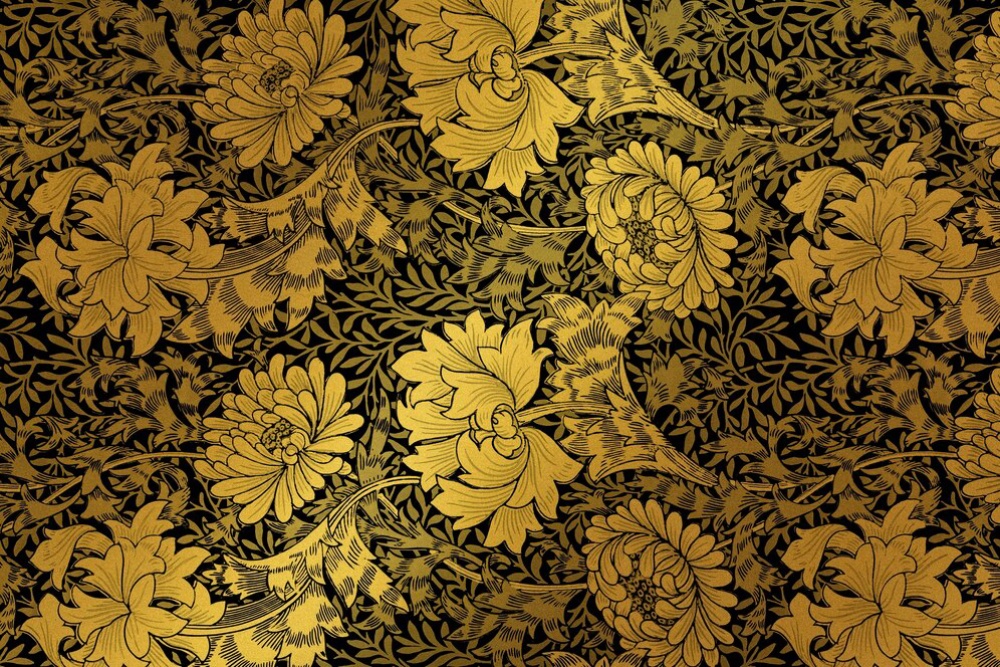The Interior Design Blog

Incorporating 70s Design Trends into Modern Interiors
Minimalism, step aside—because the 70s are back and groovier than ever.RELATED: The Best Cozy Throws, Blankets and Pillows to Keep You Warm This Season
They are swooning over the bold charms of 1970s interior design. The 70s aesthetic taps into nostalgia with warm hues, natural textures, and geometric designs. It combines nostalgia with a touch of swank. Mustard yellow sofas, walnut sideboards, and plush shag rugs define this era. It adds a distinctive character that’s coming back to contemporary houses.
But contemporary retro styles aren’t about recreating the past. Today’s designers combine vintage elements with clean lines, neutral colours, and intelligent functionality. This combination results in newly invented and familiar spaces that are full of character but not kitsch.
What are the reasons behind the rise of retro home decor? People crave comfort and warmth—two attributes that the 70s aesthetic provides.” Sustainable, second-hand furniture is becoming increasingly valued by people. And they also want to put their style into design.
In this post, we will look at ways to tastefully incorporate 70s design trends into modern interiors. You’ll find colour palettes, materials, and layout tips. Learn how to mix statement pieces with a contemporary twist to bring this iconic era back to life.
The Allure of 70s Interior Design
The 1970s brought transformation. This era broke conventions and celebrated individuality, especially in homes.
Why We Still Love 70s Style
The 70s design trend rests on three core values: comfort, creativity, and character. Unlike the sleek styles of the 2010s, 70s décor prefers rich textures, cosy atmospheres, and vibrant colour schemes.
Key appeals of 70s interior design include:
- Warmth and Texture: Consider corduroy sofas, macramé wall hangings, and deep-pile rugs.
- Earthy Color Palettes: Rust, ochre, avocado green, terracotta, and browns shine.
- Natural Materials: Wood, rattan, cane, wool, and leather add authenticity.
- Playful Patterns: Bold geometrics, floral prints, and curved forms infuse personality.
- Eclecticism: The 70s encouraged mixing and matching for individual expression.
Modern Appeal of Vintage Touches
The return to retro home decor isn’t just about nostalgia. It’s a savvy way to make spaces feel grounded and soulful. Unlike sterile, all-white rooms, a 70s-inspired space feels lived-in and warm.
Vintage elements also add depth and narrative. A teak coffee table or rotary phone tells a story and promotes sustainable living through reuse.
Modern designers often cite the 1970s for its daring colour use, pattern experimentation, and celebration of individuality. Whether you love maximalism or prefer subtle hints of the past, your home always has room for the 1970s soul.
Colour Palettes: Earthy, Bold, and Beautiful
One quick way to evoke the 70s is through colour. The decade embraced rich, warm tones inspired by nature.
Iconic 70s Colours to Try
- Mustard Yellow: Bright and retro, perfect for upholstery or accent walls.
- Burnt Orange & Rust: Adds warmth, especially with neutral bases.
- Olive & Avocado Green: Great for kitchen cabinets or statement chairs.
- Brown & Chocolate: Cozy and grounding, a 70s staple.
- Terracotta & Clay: Ideal for tiles and soft furnishings.
Balance is key to modernising these hues. Use bold colours as accents. Pair a burnt orange armchair with a neutral background. Layer natural textures and minimalist forms for a contemporary feel.
Complementary Modern Neutrals
To update your palette:
- Use soft greys, off-whites, and greige as neutrals.
- Introduce 70s tones through accessories or standout pieces.
- Try colour-blocking for visual interest without overwhelming the space.
This blend creates a harmonious vintage modern mix, making the space feel nostalgic and trendy.
Materials & Textures: From Shag Rugs to Rattan
One of the most appealing traits of 1970s design is its tactile quality. The era loved the texture, often layering materials for depth and cosiness.
Must-Have 70s Materials

- Rattan and Cane: Perfect for chairs, headboards, and lighting.
- Velvet and Corduroy: Upholstery in these fabrics channels retro elegance.
- Macramé and Crochet: Adds a handmade touch to wall hangings or plant holders.
- Shag Rugs: Thick-pile rugs in earthy tones offer comfort underfoot.
- Wood (Especially Teak & Walnut): Solid wood furniture nods to mid-century craftsmanship.
- Leather (Often in Tan or Cognac): Adds sophistication to sofas and chairs.
How to Use Them in a Modern Space
- Mix vintage pieces with clean-lined modern furniture to avoid a dated look.
- Create contrast: pair smooth surfaces with rougher ones.
- Maintain a neutral base and let textures add richness. For example, a minimalist room with white walls can be transformed with a mustard velvet sofa, a vintage walnut coffee table, and a shaggy wool rug.
Thoughtfully incorporating these textures makes your space inviting and stylish, not chaotic.
Furniture & Layout: Comfort Meets Character
70s furniture emphasised comfort and form. The decade’s designs were innovative and playful.
Signature 70s Furniture Pieces

- Low-Slung Sofas: Often modular, ideal for lounging.
- Pedestal Tables: The iconic Tulip table remains a classic.
- Egg Chairs and Bubble Chairs: Statement pieces that add flair.
- Record Consoles and Sideboards: Combine storage with nostalgic lines.
- Pouffes and Ottomans: Great for extra seating.
Modern Layout Tips
- Create conversation zones, a hallmark of 70s living rooms.
- Choose fewer, bolder pieces instead of many small ones.
- Balance large retro items with open space and simple décor.
- Consider circular layouts or curved furniture to evoke the decade’s soft forms.
A well-chosen retro sofa can be the lounge’s centrepiece, especially with a rug and warm lighting.
Decor & Accessories: The Finishing Touches
Once your colours, materials, and furniture are set, it’s time for those finishing touches.
Key 70s-Inspired Decor Elements

- Patterned Wallpaper: Geometric or floral prints add boldness.
- Houseplants: Spider plants and ferns were ’70s staples.
- Vintage Lighting: Think arc floor lamps and globe pendants.
- Wall Art & Posters: Abstract prints or 70s movie posters enhance character.
- Mirrors: Sunburst or smoked glass styles are both decorative and functional.
Innovative Ways to Incorporate Accessories
- Create a gallery wall with vintage prints and modern art.
- Use record players as both décor and functional features.
- Add macramé plant holders for artisanal charm.
Layering these accessories creates a personalised, eclectic look that reflects the retro home decor vibe without overwhelming the senses.
Sustainability and Sourcing: Go Vintage, Shop Smart
Embracing 70s design comes with sustainability benefits. Sourcing retro pieces second-hand reduces waste and promotes reuse.
Where to Find Authentic 70s Pieces
- Charity Shops and Car Boot Sales: Great for unique finds.
- Online Marketplaces: Etsy and eBay are excellent resources.
- Vintage Fairs and Pop-Ups: Perfect for furniture with history.
- Upcycling & DIY: Refresh older items with new upholstery.
Why Vintage is a Smart Choice
- Eco-Friendly: Reduces landfill waste and supports circular design.
- Quality Craftsmanship: Many vintage items were built to last.
- Cost-Effective: Often cheaper than new options.
- Unique Finds: Helps avoid cookie-cutter designs.
Combining sustainable shopping habits with modern elements creates a vintage modern mix that’s ethical and full of character.
Bringing the 70s Home, Stylishly
The 1970s were bold, expressive, and full of personality — so can your home be.
Combining 70s interior design in contemporary settings results in interiors that strike as rich-seeming, soulful, and unique. Whether you love warm earthy colors, soft velvet textures, or vintage furniture shapes, you can make this aesthetic your own.
Remember that successful retro home decor isn’t about recreating the past. It’s about reinventing it for our modern lifestyles.” Mix old and new. Marry vintage and contemporary design. It results in a home that is stylish, sustainable, and rich.
If you are ready to dive into the vintage-modern mix, start small, keep it authentic, and figure out a way to bring out your personality. The ’70s revival is here to stay; your home could use a little groove.
Want to add a retro touch to your modern home? Browse local thrift stores. Look for upcycling ideas. Or, simply sprinkle a bit of mustard yellow on your lounge. Your perfect 70s-modern blend is just a shag rug away.









